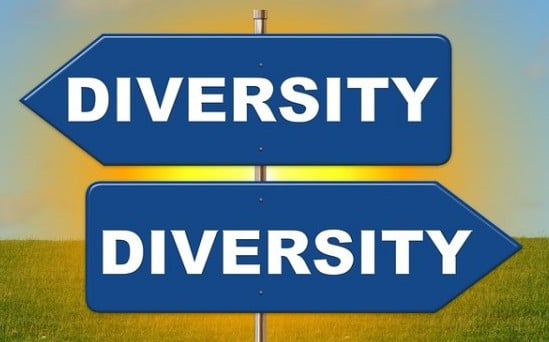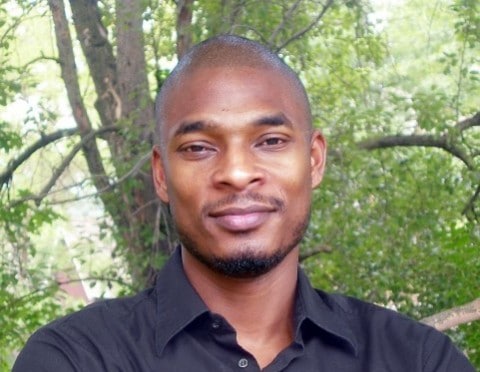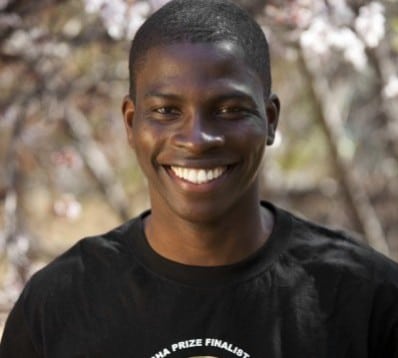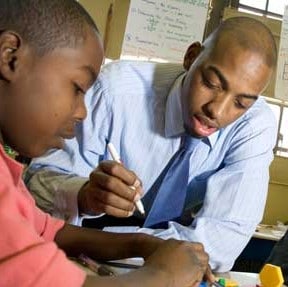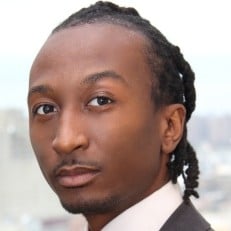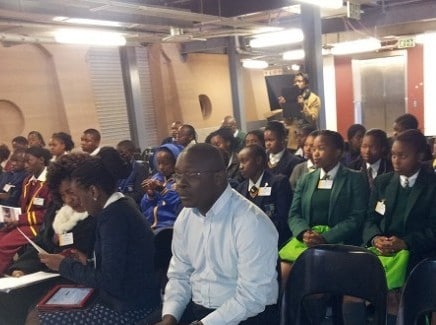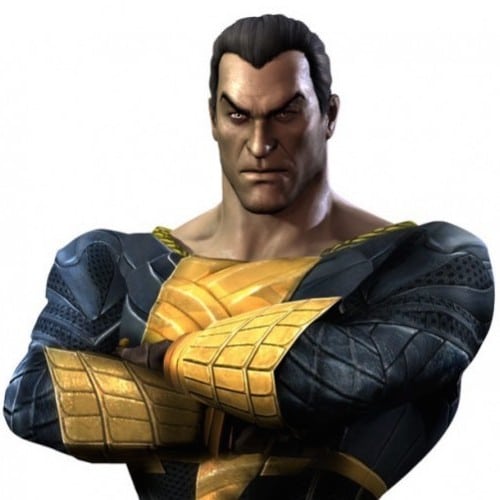Now that major tech companies like Facebook and Google have released their diversity statistics to the public, the Rev. Jesse Jackson is ready to launch the next phase of his plan to increase diversity in Silicon Valley.
Jackson announced the next phase of his plan on The Guardian over the weekend and bashed Silicon Valley for its “shameful” record on equality.
Through his social justice organization Rainbow Push, Jackson urged the hi-tech giants to release statistics about the demographics of their workforce.
With many tech giants having African-Americans making up less than 2 percent of their workforce and almost none in executive positions, Jackson stated that these companies “must put a real plan in place.”
“Treat inclusion and diversity just as you would any serious business line of a company and measure them,” Jackson wrote.
Representatives from the companies have already publicly criticized the lack of diversity in Silicon Valley, but some believe that the companies have not followed up with an efficient response to the problem at hand.
Jackson stated that the “face of technology” needs to change, and he believes Rainbow Push has the plan to do it.
According to the civil rights activist, the organization will be working hard over the next few months to “review the performance and causes that have perpetuated the lack of diversity and inclusion in technology,” get corporate leaders involved in implementing the necessary changes, and “identify strategies and solutions” that could actually help “change the face of technology companies to mirror the consumer and demographic base of the community.”
According to Jackson, African-Americans “consume more technology” than the average American although they are vastly “underrepresented in the boardrooms.”
The blueprint for Rainbow Push’s next plan of action also lists several other objectives for the coming months.
The organization will aim to create an annual diversity report that will keep track of diversity and inclusion in Silicon Valley.
Other goals for the plan include launching a pledge commitment and 2020 digital inclusion and diversity vision and creating an advisory committee that will be dedicated solely to coming up with the best practices to help nurture diversity in the tech space.
Jackson went on to say that the next phase in Rainbow Push’s plan will continue the fight for equality for minorities.
“In our journey from freedom to equality, we’ve used all of the tools and resources: we vote; we legislate; we litigate; we advocate; we leverage,” he wrote. “And with a mission stepped in our faith to seek justice, fairness and equality, we will fight and win.”

